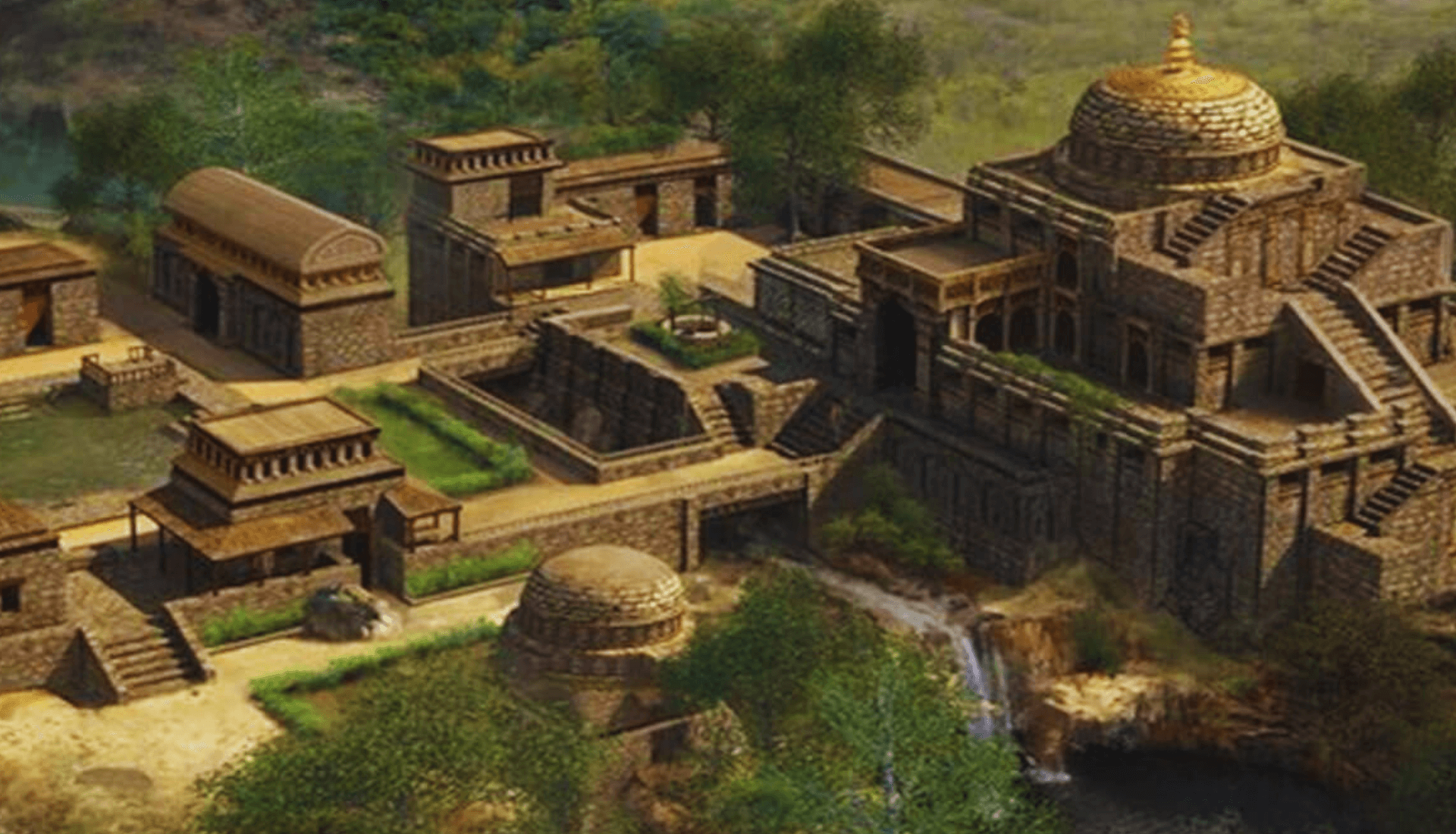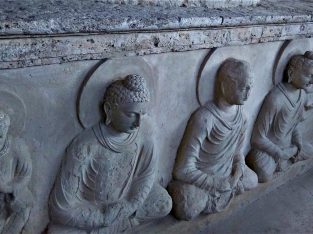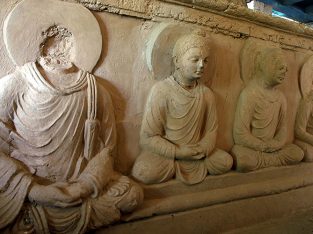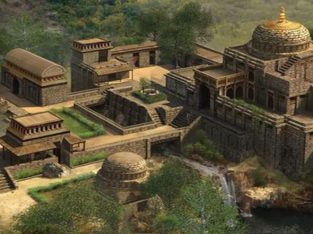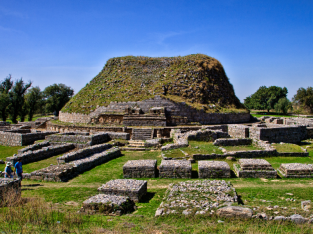Taxila
Lorem ipsum dolor sit amet, consectetur adipiscing elit. Cras sollicitudin, tellus vitae condimentum egestas, libero dolor auctor tellus, eu consectetur neque elit quis nunc.
Taxila or Takshashila (“City of Cut Stone” or “Takṣa Rock”) is one of the subcontinent’s treasures, and was once an important city of the kingdom of Gandhara. The ruins of Taxila are located about 30 km north of Islamabad/Rawalpindi, just off the famous Grand Trunk Road. Taxila was an important Buddhist Centre from 5th century BC to 6th Century AD. Ancient Taxila was situated at the pivotal junction of South Asia and Central Asia.
The renowned archaeologist Sir Alexander Cunningham rediscovered the ruins of Taxila in mid-19th century. In 1980, Taxila was declared a UNESCO World Heritage Site. In 2006 it was ranked as the top tourist destination in Pakistan by The Guardian newspaper.
Taxila was considered to be amongst the world’s earliest Buddhist university. Other notable sites here are: Bhir Mound, Dharmarajika Stupa, Sikap and Sirsukh cities, Shrine of double-headed Eagle, Jandial Temple, Jaulian Buddhist Monastery, etc.
Taxila Museum is famous for its magnificent collection of Gandharn Art (a blend of Greek and Buddhist art and house rare collection of utensils, jewelry, toys and pottery highlighting daily life of the inhabitants of ancient Taxila
The Bactrian kings kept a foothold on the area till about 90 B.C., when the Scythians overran the area and occupied the city.Just a century and a half later, the Kushans, originally from China’s Gansu province, invaded Ghandara (the name of the region around Taxila) and established a dynasty.The Kushan kings ruled well, supporting both the arts and Buddhism.Trade flourished with the Roman Empire, which led to almost unimaginable wealth.This era is justly described as Taxila’s golden age.
The downfall of the Kushan kings came in 230 A.D. when the Sassanian Emperor Shahpur annexed it as part of his Empire.The Sassanian rule as very short, however, and power soon passed to the Kidara Kushana, an offshoot of the dispossessed Kushan rulers.They established a strong dynasty that endured till the second half of the 5th century.Though not as magnificent as the Kushan rulers of the past, the Kidara Kushana founded many Buddhist monasteries and reinvigorated Taxila with wealth and magnificence.
Taxila’s downfall came in the 5th century A.D. when the White Hun hordes sacked the area, destroying monasteries and looting the city’s treasures.When the famous Chinese Pilgrim monk Hsuan Tsang visited the area in the 7th century (while looking for Buddhist Sutras), he described it by saying “monasteries are half ruined.The country is depopulated and now a dependency of Kashmir.”



